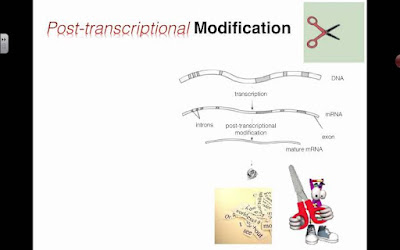The Nitrogen Cycle, Fixers, and Fertilizer

Introduction Peas, Beans and Clover are among the 18 000 species in the pea family most species in this family including these three are known as nitrogen fixers they increase the level of nitrogen in the soil which plants need to produce proteins so they can grow and chlorophyll so they can photosynthesize one way to use this in the garden is to interplant nitrogen fixers with other plants that need a lot of nitrogen or you could plant a nitrogen-fixing cover crop like clover for fertile soil next year this can be useful but doesn't nitrogen fertilizer do the same thing but more conveniently why bother with this nitrogen fixation thing understanding this requires us to understand how nitrogen fixation works which in turn requires us to understand the broader nitrogen cycle. The Nitrogen Cycle Nitrogen makes up 78 of the earth's atmosphere by volume but most of this nitrogen takes the form of two nitrogen atoms strongly bonded together which isn't very reactive and is u...








